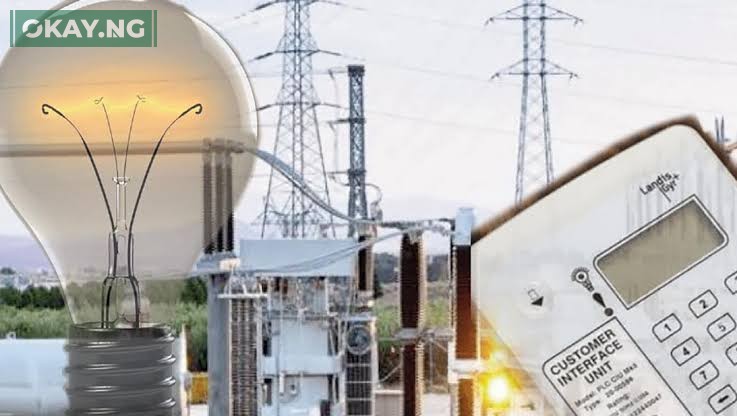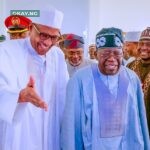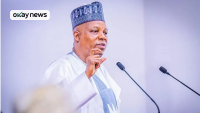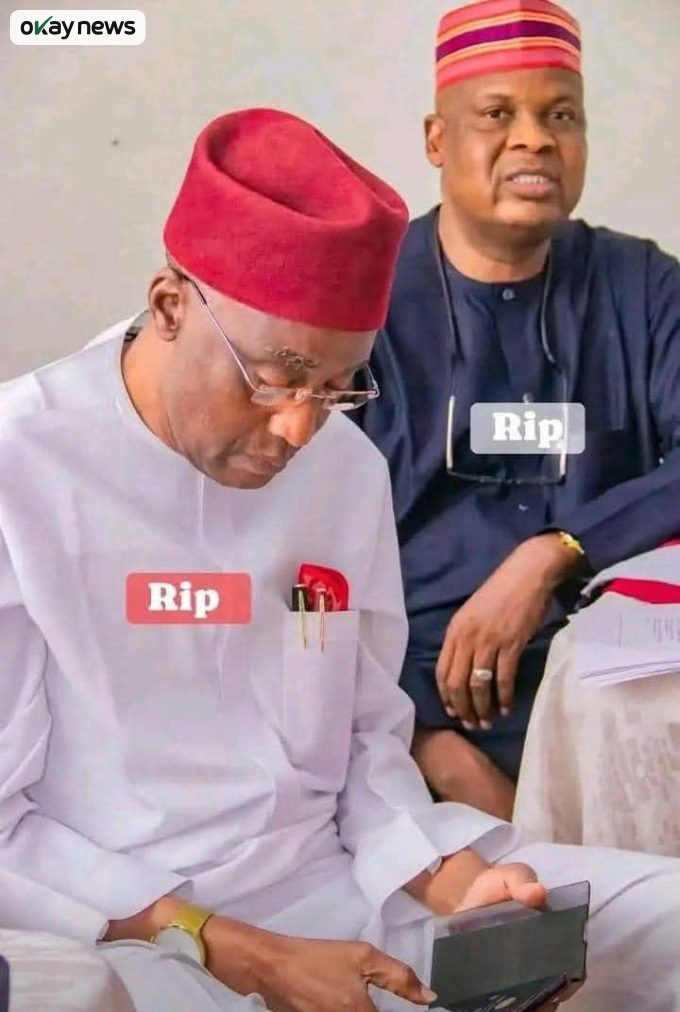The Federal Government of Nigeria’s electricity tariff subsidy witnessed a staggering rise from N610 billion in 2023 to almost N2 trillion in 2024, marking an increase of about 220 percent despite tariff hikes implemented earlier this year. According to the Nigerian Electricity Regulatory Commission (NERC), the subsidy gap widened substantially following the naira’s devaluation in June and the concurrent removal of fuel subsidies, factors that contributed to soaring inflation rates. This escalation reflects the government’s ongoing policy to freeze customer tariffs at rates approved in December 2022, even as the cost-reflective tariffs, which represent the actual cost of electricity production and delivery, continued to rise sharply due to worsening macroeconomic conditions.
In 2024, the government’s total subsidy obligation amounted to N1.94 trillion to cover the difference between the regulated tariffs consumers pay and the true costs faced by electricity distribution companies (DisCos). Alarmingly, the government only settled N371.34 million of this amount, representing a mere 0.019 percent payment on its subsidy debt. NERC’s report further reveals that the subsidy burden peaked early in the year, reaching N633 billion in Q1—a more than threefold increase over 2023’s quarterly average. The subsidy was temporarily curtailed after tariff adjustments for Band A customers in April, who consume roughly 40 percent of electricity nationwide, but the freeze of tariffs from July onwards reversed this relief, causing renewed increases in subsidy liabilities toward the year’s end.
Detailed findings show Abuja DisCo incurred subsidies approximating N285 billion, Ikeja N272 billion, and Ibadan N236 billion, among others. Yola DisCo, grappling with insecurity and high operational costs, recorded the highest cost-reflective tariff at N266.64 per kWh, almost double the average subsidy per unit.
Experts criticize the government’s inability to fully fund subsidies, underscoring the sector’s structural challenges. Bode Fadipe, a power analyst, emphasized the impact of the naira’s fall on costs: “Gas and equipment costs are dollar-denominated; the devaluation means higher naira requirements to maintain the same service levels.” He cautioned that without decisive reform, “the power sector may not resolve its issues in the next 20 to 30 years.”
Meanwhile, business leader Aliko Dangote urged substantial private investment, noting that his company’s 1,500MW internal generation capacity should inspire Nigeria to target up to 60,000MW nationally. “There’s no reason Nigeria should be doing only 5,000MW,” Dangote stated, encouraging domestic capital to support sector growth instead of being moved abroad.
Okay.ng reports that the government’s subsidy framework involves direct payments to generation companies through the Nigerian Bulk Electricity Trading Plc (NBET), yet mounting debts nearing N5 trillion continue to challenge financial sustainability. The sector’s future now hinges on navigating subsidy policies, exchange rate volatility, and private sector engagement to achieve meaningful reform.













